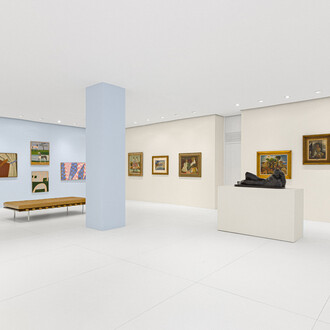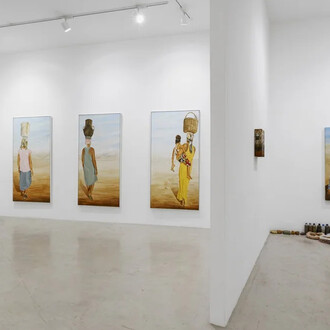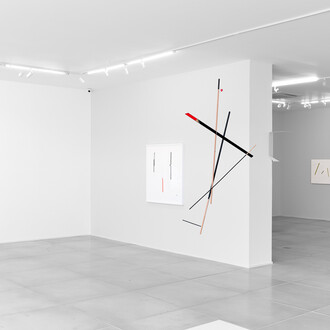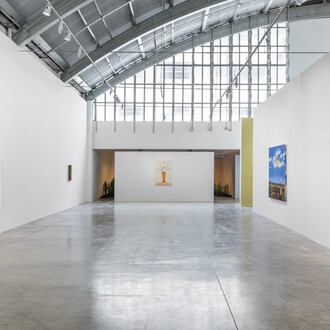It is with great pleasure that Galeria Nara Roesler | São Paulo presents Estruturas Encontradas [Found Structures], a group exhibition bringing together artworks by Brígida Baltar, Cao Guimarães, Fabio Miguez, Lucia Koch, Milton Machado, Paulo Bruscky, Raul Mourão and Sérgio Sister, as well as contributions by invited artist Marlon Azambuja. Closing the 2019 exhibition program, the show is a curatorial exercise conceived by Luis Pérez Oramas. From 2020, Pérez-Oramas will officially take on the role of Artistic Director for the gallery’s new curatorial project.
Taking as a starting point the modern notion of ‘found object’, according to which an artwork is not the outcome of technique but a product of chance, Pérez-Oramas incites us “to look at things that are already there, in the artworks and between them, in order to unearth random links, converged meanings, unexpected analogies, displaced senses and new interpretations”.
According to the curator, the concept of the ‘found object’ – objet trouvé, in French – has cut across the entire legacy of modernity: from the invention of collage in the early stages of Cubism, to Marcel Duchamp’s ‘ready made’ and Hélio Oiticica’s Parangolés, ultimately revolutionizing Western aesthetics, which had previously been dominated by technique and a desire to represent.
It is often in their everyday lives that artists find the structures and forms that shape their works. Paulo Bruscky creates poems based on women’s fashion magazines; Lucia Koch transforms product packaging and boxes into architectural spaces. In his series Gambiarras, Cao Guimarães catalogs an infinite array of typically Brazilian creative solutions to minor everyday problems. Raul Mourão and Sérgio Sister incorporate common structures, such as security fences and wooden boxes, as a starting point to create visual works that draw on kinetic or chromatic investigations.
Marlon Azambuja contrasts porcelain knick-knacks in the shape of birds with impersonal concrete cubes. Milton Machado and Brígida Baltar re-signify everyday elements into new arrangements, whilst Fábio Miguez delves into the history of painting to find the framework for his compositions. The element of chance, which has allowed the artists to establish a connection with these forms and objects in the world, emerges once again in the artworks featuring in this exhibition, but this time this is conjured as contrast: the interactions between the artworks trigger unexpected links based on formal and thematic configurations.
Found Structures explores the possibility of considering the gap between the artworks and the relationships that are randomly activated between them, as a way of generating meaning. According to Pérez-Oramas, it is in this gap that ‘the meaning of an artwork can transcend its ‘agenda’ as well as the intentional system that has produced it. This is how artworks can signify something beyond their original time and space’.





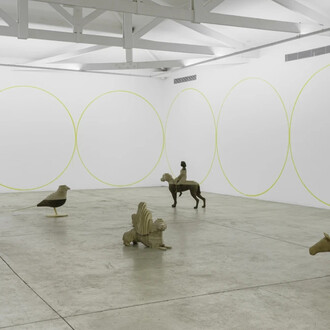

![Jonathas de Andrade, Permanência relâmpago [Permanent lightning strike], exhibition view. Courtesy of Nara Roesler Gallery](http://media.meer.com/attachments/03afb5a3d2a3e9aca7766a552694cdec5f5d7b49/store/fill/330/330/dfece37312f3035d8071009c4bbecca3d9e69d863e94c3756e2146813cec/Jonathas-de-Andrade-Permanencia-relampago-Permanent-lightning-strike-exhibition-view-Courtesy-of.jpg)

